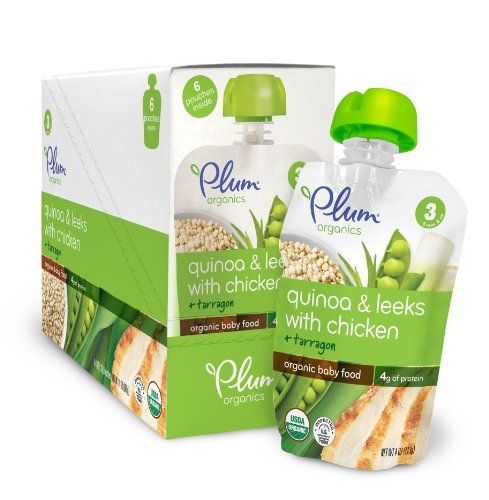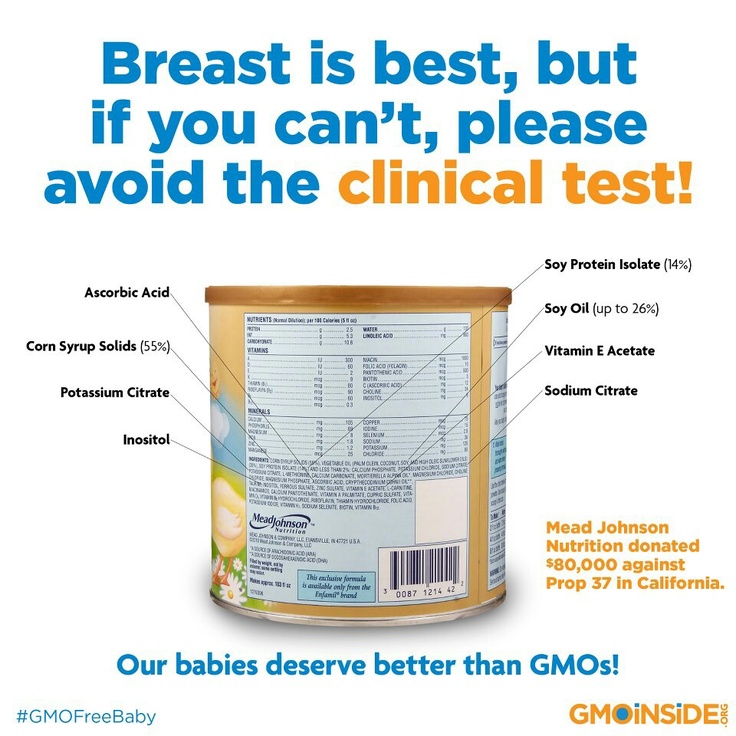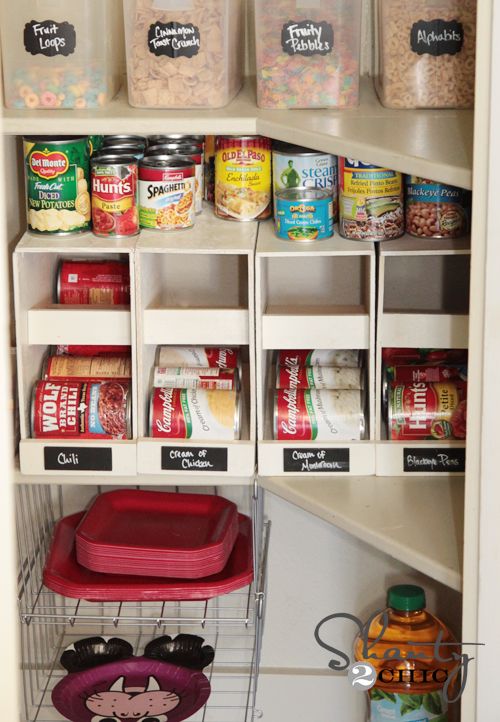Baby food nutrients
Pears Stage 2 Jarred Baby Food
Earth’s Best Organic® 2nd Pears provide wholesome nutrition for babies 6 months and older. Your little one will enjoy the soothing taste of pears with this certified USDA organic product. 2nd Pears contains no artificial flavors or colors or modified food starch.
Key Benefits
- For babies 6 months and older
- Packaged in BPA-free resealable jars
- No artificial flavors, colors or preservatives
- USDA-Certified Organic and made with non-GMO ingredients
- Vegan
Buy Now
The Qualities that Make this Product Earth’s Best.
-
Proud to be Certified Organic
-
No Genetically Modified Ingredients
-
Certified Kosher Ingredients
The most accurate information is always on the label on the actual product. We periodically update our labels based on new nutritional analysis to verify natural variations from crop to crop and at times formula revisions. The website does not necessarily get updated at the same time. The values on the website are intended to be a general guide to consumers. For absolute values, the actual label on the product at hand should be relied on.
Time-trusted and safe, we strive to provide better for baby products made with pure ingredients to help children grow up strong and healthy.
-
Diapers & Wipes
To keep your baby’s delicate skin fresh and clean, we thoughtfully provide chlorine free…
Learn More
-
Infant & Toddler Formula
Earth’s Best Formulas come in Dairy, Soy, Sensitivity, Gentle, and Toddler…
Learn More
-
Infant & Baby Foods - Cereal, Purees, & Jarred Foods
Nurture your baby’s development with organic cereal and pureed foods, in convenient packaging.
Learn More
-
Toddler Foods
Discover wholesome products including breakfast foods, entrees and snacks for your toddler from…
Learn More
-
Foods For Special Diets
The Earth’s Best® brand team believes that everyone should be able to enjoy our delicious products…
Learn More
-
Oral Care For Kids
We offer a line of earth-friendly oral care products for infants and toddlers.

Learn More
- Serving Size: 1 jar (113g)
Servings Per Container: 1 jar (113g) - Amount Per Serving
- Calories: 80
- % Daily Value*
- Total Fat 0g
- 1%
- Trans Fat 0g
- Saturated Fat 0g
- 0%
- Cholesterol 0mg
- 0%
- Sodium 0mg
- 0%
- Total Carbohydrates 22g
- 24%
- Fiber 2g
- 0%
- Total Sugars 15g
- Protein 0g
- Vitamin A 0%
- Vitamin C 0%
- Calcium 4%
- Iron 6%
* Percent Daily Values are based on a 2,000 calorie diet. Your daily values may be higher or lower depending on your calorie needs.
The most accurate information is always on the label on the actual product.
 We periodically update our labels based on new nutritional analysis to verify natural variations from crop to crop and at times formula revisions. The website does not get updated at the same time. The values on the website are intended to be a general guide to consumers. For absolute values, the actual label on the product at hand should be relied on.
We periodically update our labels based on new nutritional analysis to verify natural variations from crop to crop and at times formula revisions. The website does not get updated at the same time. The values on the website are intended to be a general guide to consumers. For absolute values, the actual label on the product at hand should be relied on.
Ingredients
Organic Pear Puree, Water, Organic Pear Puree Concentrate, Ascorbic Acid, Citric Acid.Feeding your baby: 6–12 months
At 6 months of age, breastmilk continues to be a vital source of nutrition; but it’s not enough by itself. You need to now introduce your baby to solid food, in addition to breastmilk, to keep up with her growing needs.
Be sure you give your baby her first foods after she has breastfed, or between nursing sessions, so that your baby continues to breastfeed as much as possible.
When you start to feed your baby solid food, take extra care that she doesn’t become sick. As she crawls about and explores, germs can spread from her hands to her mouth. Protect your baby from getting sick by washing your and her hands with soap before preparing food and before every feeding.
As she crawls about and explores, germs can spread from her hands to her mouth. Protect your baby from getting sick by washing your and her hands with soap before preparing food and before every feeding.
Your baby's first foods
When your baby is 6 months old, she is just learning to chew. Her first foods need to be soft so they’re very easy to swallow, such as porridge or well mashed fruits and vegetables. Did you know that when porridge is too watery, it doesn't have as many nutrients? To make it more nutritious, cook it until it’s thick enough not to run off the spoon.
Feed your baby when you see her give signs that she's hungry – such as putting her hands to her mouth. After washing hands, start by giving your baby just two to three spoonfuls of soft food, twice a day. At this age, her stomach is small so she can only eat small amounts at each meal.
The taste of a new food may surprise your baby. Give her time to get used to these new foods and flavours. Be patient and don’t force your baby to eat. Watch for signs that she is full and stop feeding her then.
Be patient and don’t force your baby to eat. Watch for signs that she is full and stop feeding her then.
As your baby grows, her stomach also grows and she can eat more food with each meal.
Feeding your baby: 6–8 months old
From 6–8 months old, feed your baby half a cup of soft food two to three times a day. Your baby can eat anything except honey, which she shouldn't eat until she is a year old. You can start to add a healthy snack, like mashed fruit, between meals. As your baby gets increasing amounts of solid foods, she should continue to get the same amount of breastmilk.
Feeding your baby: 9–11 months old
From 9–11 months old, your baby can take half a cup of food three to four times a day, plus a healthy snack. Now you can start to chop up soft food into small pieces instead of mashing it. Your baby may even start to eat food herself with her fingers. Continue to breastfeed whenever your baby is hungry.
Each meal needs to be both easy for your baby to eat and packed with nutrition. Make every bite count.
Make every bite count.
Foods need to be rich in energy and nutrients. In addition to grains and potatoes, be sure your baby has vegetables and fruits, legumes and seeds, a little energy-rich oil or fat, and – especially – animal foods (dairy, eggs, meat, fish and poultry) every day. Eating a variety of foods every day gives your baby the best chance of getting all the nutrients he needs.
If your baby refuses a new food or spits it out, don’t force it. Try again a few days later. You can also try mixing it with another food that your baby likes or squeezing a little breastmilk on top.
Feeding non-breastfed babies
If you're not breastfeeding your baby, she’ll need to eat more often. She'll also need to rely on other foods, including milk products, to get all the nutrition her body needs.
- Start to give your baby solid foods at 6 months of age, just as a breastfed baby would need. Begin with two to three spoonfuls of soft and mashed food four times a day, which will give her the nutrients she needs without breastmilk.

- From 6–8 months old, she’ll need half a cup of soft food four times a day, plus a healthy snack.
- From 9–11 months old, she’ll need half a cup of food four to five times a day, plus two healthy snacks.
5 Nutrients in Baby Food - Encyclopedia Baby Food
General
Levchuk Victoria ©Strong bones and teeth, good digestive system, good energy supply, enhanced immune defense, that's what gives the child 5 nutrients that he should consume on a daily basis to grow and develop normally.
Contents:
1.
CalciumCalcium helps build strong bones and teeth and is the most valuable of the 5 nutrients as your baby grows and their bones grow. Calcium-rich foods are cow's milk, cheese, and yogurt. Also, some leafy vegetables are good sources of calcium. Your child can get enough calcium in the following ways:
- Start your day with a plate of whole grains, chopped fresh fruit and skim milk.

- Calcium-rich snack between meals - low-fat yogurt, smoothie, or cheese slices.
- If children do not like dairy products, then it is necessary to include sesame seeds in the diet, one teaspoon of this seed contains the daily calcium requirement for a pregnant woman. A child can sprinkle a sandwich with sesame seeds or a salad.
2. Vegetable fiber
Children need plenty of fiber to keep their digestive system working properly. The problem, however, is that most children don't "like" fiber-rich foods. The child should be introduced to high-fiber foods and their health benefits explained:
- For breakfast, choose foods with whole grains that can offer at least 3 grams of fiber per serving. Fresh, dried, or frozen fruit will add an extra sweet flavor. nine0018
- The child should eat enough fruits and vegetables to cover the recommended amount of 5 (or more) servings per day. Fruit juices should be avoided and whole fruits should be preferred, which contain much more fiber and much less sugar than juice.

- Legumes are rich in fiber and protein. Add soups with peas or beans, greens, salads and omelettes to the children's diet.
3. Protein
Every cell in the body is made up of protein, which is especially important for the healthy development of a child. Protein is found in animal products such as dairy, eggs, seafood, and meat. A slightly smaller amount is found in legumes, nuts and vegetables. You can increase your child's daily protein intake in the following ways:
- Even the pickiest eater loves eggs in some form: scrambled eggs, boiled eggs, pancakes are among the favorite foods of children and are rich in protein, iron and other valuable nutrients.
- Instead of river fish, red varieties of fish, such as salmon, should be preferred. Thus, the child will receive protein, as well as the famous omega-3 fatty acids.
- Add nuts to cereal, yogurt or salad for extra protein, fiber and healthy polyunsaturated fats.
 nine0018
nine0018
4. Antioxidants
Antioxidants strengthen the body from harmful substances that destroy cells. Therefore, it is worth enriching the child's diet with foods containing antioxidants, such as almonds, berries, citrus fruits, carrots, spinach, tomatoes and peppers.
- Add carrots, tomatoes, or peppers as a fresh snack to boost your antioxidant and fiber-rich meals.
- Use tomato everywhere: in pizza, pasta, meat, soups, borscht.
5. Iron
Children often lack iron, a metal that helps transport oxygen from the lungs throughout the body and maintain high energy levels. Therefore, it is worth increasing your iron intake by adding lean meats, eggs, fish, dark green leafy vegetables and dried fruits to your child's diet. In addition, vitamin C increases the rate of iron absorption, so combining eggs with oranges or orange juice will be more beneficial. Here are some ideas to increase your iron intake:
- Add salad of spinach, strawberries, dried berries, chopped almonds or vinaigrette to the main meal.

If your child does not eat salads, you can make porridge with a nutrient such as iron (these are now sold), as well as fruit and milk or low-fat yogurt.
Social networks:
Proper nutrition for children
Proper nutrition is the basis of a child’s health. Proper nutrition for children is the receipt by the child of all the necessary e nutrients necessary for the normal functioning of the body (about 50 nutrient components are required daily). If a child's daily diet includes the 10 most important nutrients, then the 40 others, as a rule, also enter the body. nine0003
The most important nutrients for a growing body:
- protein is found in meat, poultry, soy products, fish, beans, peas, eggs, cheese, milk and dairy products. This is the main substance necessary for the aging of new cells, including those that make up muscles, blood, and also for the normal functioning of existing cells.
- in carbohydrates are found in cereals, potatoes, corn, bread and sugar. It is a source of calories. nine0003
- fats are found in edible fats, vegetable oils, butter, margarine and fat. Fats provide the body with more calories per unit of weight than proteins and carbohydrates. It is an essential component of cell walls; fats also provide the body with acids needed for many life functions. In addition, fats contain vitamins dissolved in them, such as A, D, E, K.
- vitamin A (retinol) found in liver, carrots, sweet potatoes, herbs, margarine, butter. Important for skin and mucosal cells, enhances resistance to infections, improves the ability to see in the dark and color vision. nine0003
- vitamin C (ascorvic acid) found in cauliflower, citrus fruits, mangoes, strawberries and other fruits and vegetables. It is necessary for biochemical processes that create binding elements for holding individual cells together; these elements strengthen blood vessels, promote wound healing and increase the body's resistance to infections, and also help iron absorption.
- vitamin B1 (theanine) found in lean meats, nuts, cereals, it helps the absorption of carbohydrates and ensures the normal functioning of the nervous system, promotes good appetite. nine0003
- vitamin B2 (riboflavin) found in liver, milk, yogurt and cottage cheese, helps the body absorb calories and also produce calories by the cells of the body, helps maintain healthy skin and eye tissues, as well as full vision.
- Niacin (Nicotinic Acid) Found in liver, meat, fish, peanuts and cereals, it helps the body absorb calories and carbohydrates, and promotes the formation of fat cells, promotes digestion and appetite. nine0003
- Calcium is found in milk and dairy products (including cheeses and yoghurts), fish, greens, promotes the growth and strengthening of bones and teeth, stimulates blood clotting and the normal functioning of the muscles of the nervous system.
- iron found in liver, fresh meat, dried beans and peas, garlic. Iron is the most important component of hemoglobin, red blood cells, which supply cells with oxygen and remove carbon dioxide from them, it is necessary for the prevention of anemia and the fatigue it causes. nine0003
Iron is the most important component of hemoglobin, red blood cells, which supply cells with oxygen and remove carbon dioxide from them, it is necessary for the prevention of anemia and the fatigue it causes. nine0003
Foods containing the main 10 nutrients:
- Milk and dairy products contain calcium, riboflavin and protein.
- Meat, eggs, legumes - including fish, poultry, peas, beans, soy products and
nuts - contains protein, niacin, iron and thiamine.
- Fruits and vegetables contain vitamins A and C, as well as fibre.
- Grains and grain products (bread, pasta, rice, cereals and corn) -
contain carbohydrates, thiamine, iron, niacin and fiber.
So, the main principle of proper nutrition is that a child's food should be varied and include all of the above nutrients so that his body receives everything necessary for growth and development. Moreover, the child should receive a certain amount of fats, proteins and carbohydrates, depending on age.
So for children 1-3 years old, the daily amount of protein is 53 g, fat is also 53 g, carbohydrates 212 g, so the ratio of protein, fat and carbohydrates is 1:1:4. nine0003
For children aged 3-7 years, the daily requirement for protein is 68 g, for fat 68 g, for carbohydrates 270 g, the optimal ratio of proteins, fats and carbohydrates in the child's diet is 1:1:4.
Tomatoes enhance attention and cellular metabolism, rejuvenate cells, the best natural remedy for cancer.
Garlic increases efficiency, promotes cleansing of toxins and reduces pressure.
Yoghurt improves mood and strengthens bones and teeth. nine0003
Carrot enhances concentration.
Wholemeal bread increases the activity of the mind, reduces the effects of stress.
Pumpkin promotes the removal of toxins and strengthens the immune system.
Avocado promotes cerebral circulation.
Vegetable oil (olive, rapeseed, walnut) contains unsaturated fatty acids that have a positive effect on the entire body.










